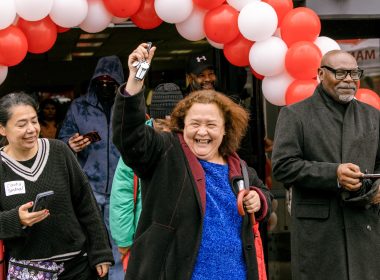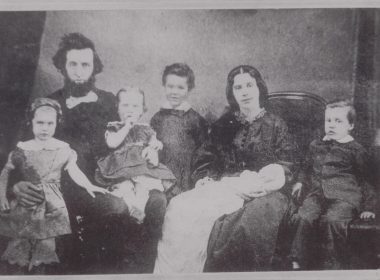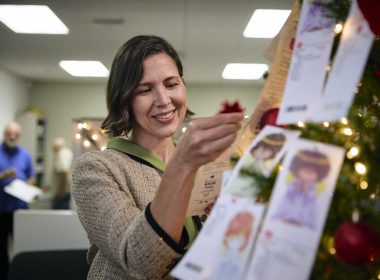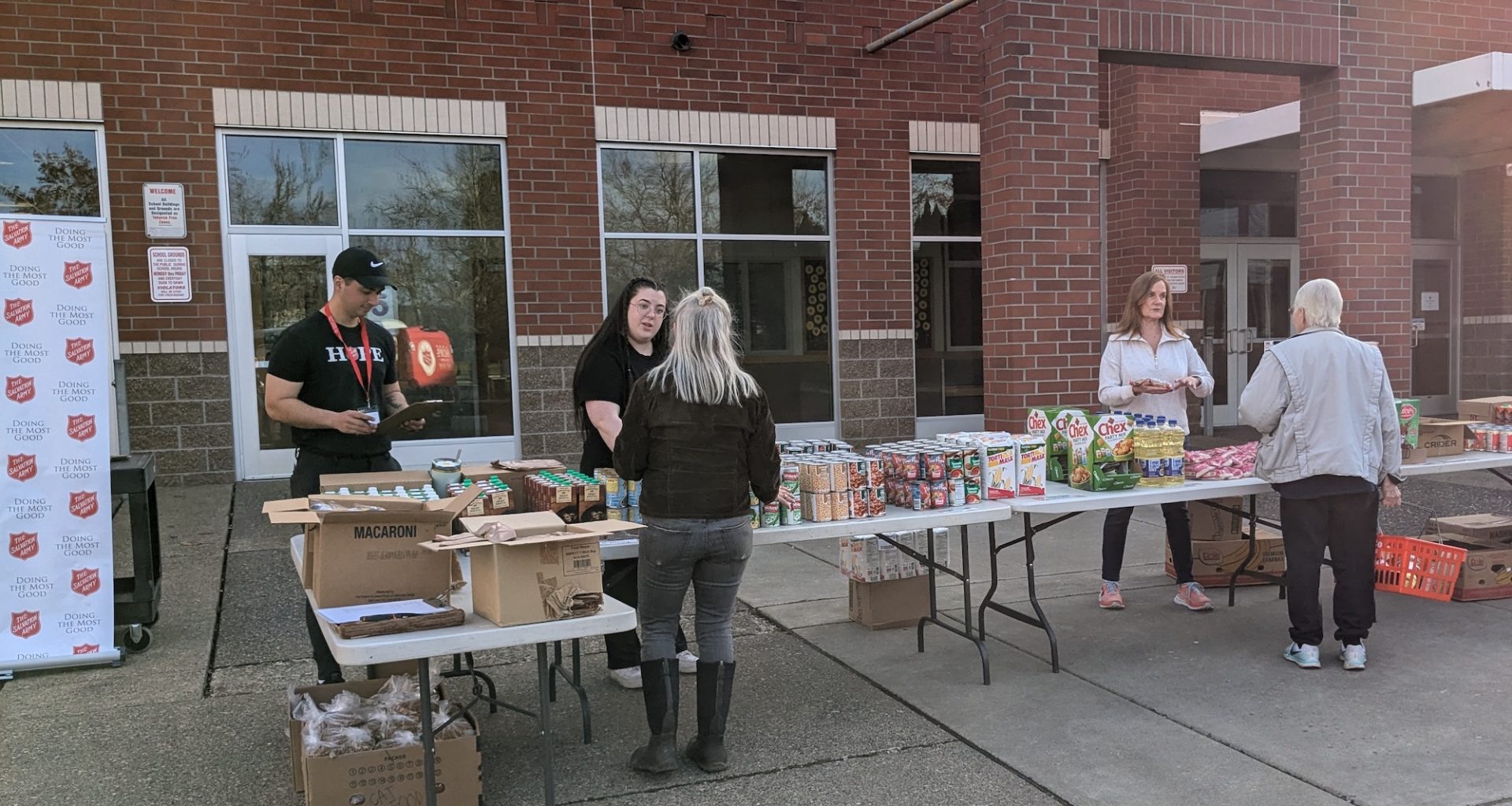Washington County, Oregon, is one of three counties that comprise the greater metropolitan Portland area. Much of the county is rural and situated on the western edge of the region, which includes the cities of Tigard, Beaverton and Hillsboro.
Over 46,000 residents in the county fall below the federal poverty level, according to county data.
“There are a lot of migrant workers as well as a significant unhoused population,” said Washington County Hope Center (WCHC) Program Director Adam Harvey. “We do outreach and canvassing in the region with a focus on the rural areas that don’t have the resources that Portland does or lack close access to Metropolitan Area Express (MAX) Light Rail service.”
Part of the outreach includes the facility’s new mobile food pantry, which debuted in late February. The vehicle fills a void in the region by offering free fresh produce, dry and canned goods, and fresh proteins, including meat substitutes, for families and individuals in need.
“The mobile pantry functions as a small grocery store,” said Harvey. “Instead of providing clients with a prepackaged food box, we allow them to shop for what they need, which reduces waste and offers a more dignified experience.”
Allowing shoppers to select their own groceries also enables them to take food preferences and allergies into consideration. The current economic climate has only increased the need for food security.
“Hunger doesn’t just go away and as prices for essentials continue to rise, groceries remain out of reach for many.”
Adam Harvey
“Most people have the privilege of going to a store and being able to shop for what they want,” said WCHC Regional Resource Manager Christopher Abosamra. “But not all community members have this same luxury.”
The mobile pantry travels the region every Wednesday. Currently, it stops at two locations—both elementary schools—in the communities of Banks and West Union, with more stops to be added by late summer.
Despite being mobile, the pantry “is a destination,” said Harvey.
“We set up tables and provide shopping carts; our overarching goal is to be relational, not transactional,” he said. “We want to know our client’s names, hear their stories and be invested in their journey toward self-sufficiency.”
Over the past 18 months, the number of clients using the pantry has doubled in size—serving 80-100 families every month—with plans to increase.
The mobile pantry also fills a void within the region because it offers set locations for pick-up.
“There are already home delivery services, like Meals on Wheels,” said Harvey. “Our aim is to serve an unmet need by creating access for those who don’t require a delivery service.”
Some of the mobile pantry’s clients are families who have found housing through the Hope Center.
“For many, their situation is a combination of generational poverty, homelessness or an inability to meet a food budget,” said Harvey. “Hunger doesn’t just go away and as prices for essentials continue to rise, groceries remain out of reach for many.”
The mobile pantry is an extension of the HOPE Center’s food pantry programs.
When construction of an expansion to the brick-and-mortar pantry is completed later this year, the HOPE Center will feature a state-of-the-art 5,000-square-feet client choice pantry designed to replicate a traditional grocery store experience. It will feature dedicated sections for specific foods, including culturally specific foods like halal meats, masa, chiles, avocados and cilantro.

“It’s very important to provide [culturally specific] foods,” said Abosamra, who said the region’s Hispanic population accounts for up to 40 percent of those served. “These items are harder for clients to acquire because they’re more expensive and often difficult to obtain, which puts pressure on individual pantries to purchase these items. With fundraising opportunities ahead, we look to increase our food purchasing budget to augment the offerings.”
Many pantry staples, which also include grains, pasta, ready-to-eat foods and dessert items, come from the WCHC’s partnership with the Oregon Food Bank, as well as frequent donations from local grocery stores and restaurants. Community members can also donate shelf-stable foods, if they’re unopened and not expired.
“Families are having to decide on food over running water or electricity,” said Abosamra. “I feel it’s our duty to provide access to basic needs, including a pantry where they can come shop for groceries and feel a sense of normalcy in an already uncertain time.”
Do Good:
- See how The Salvation Army fights hunger.













